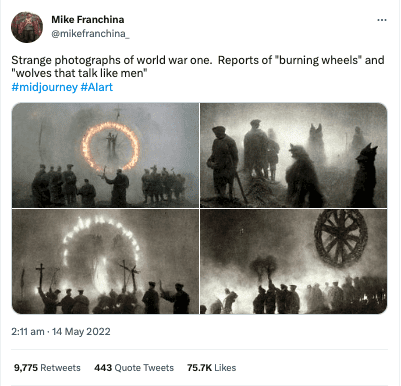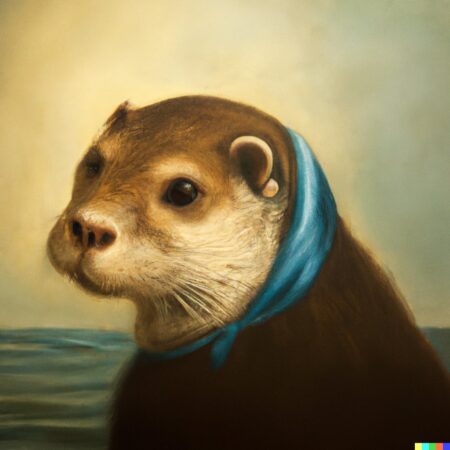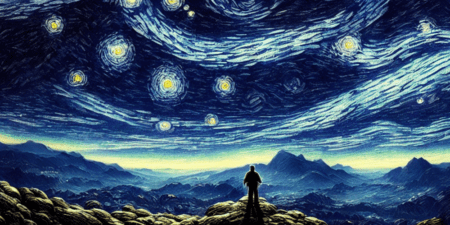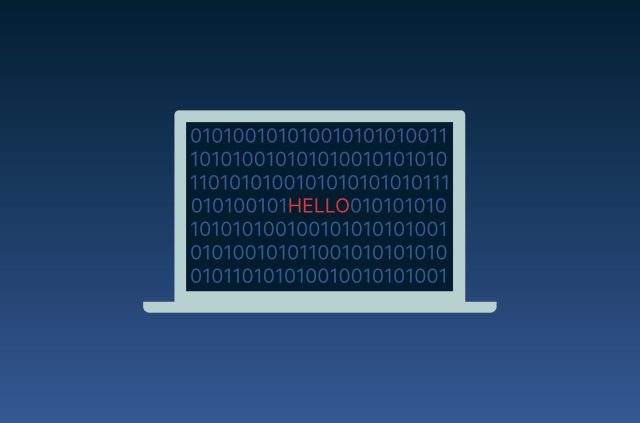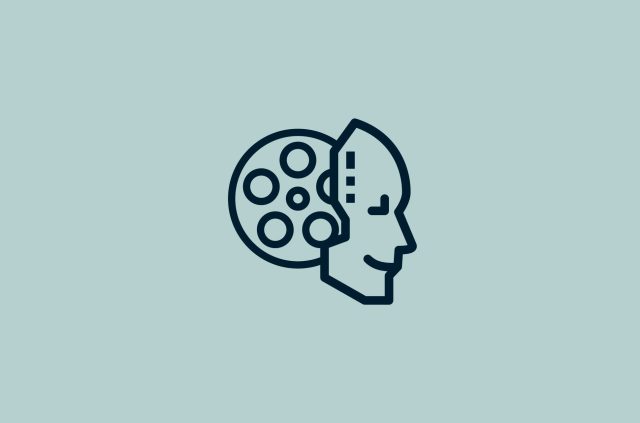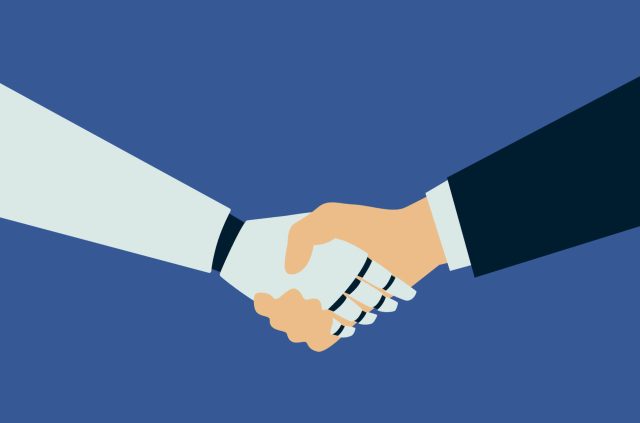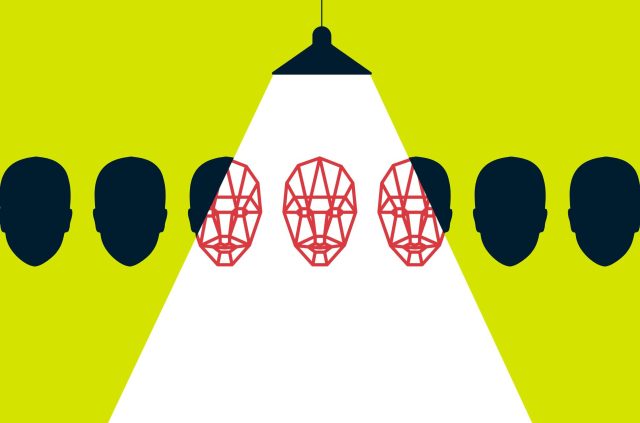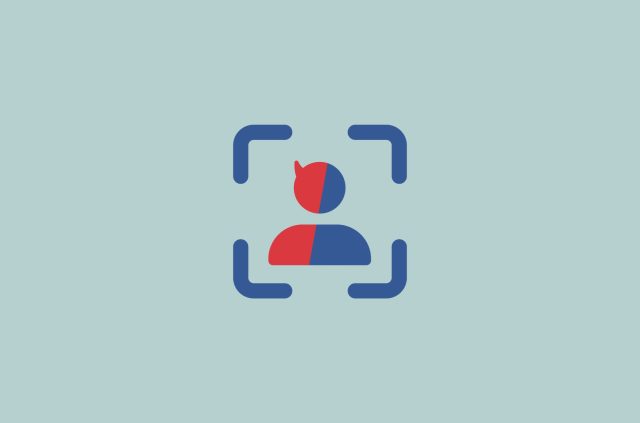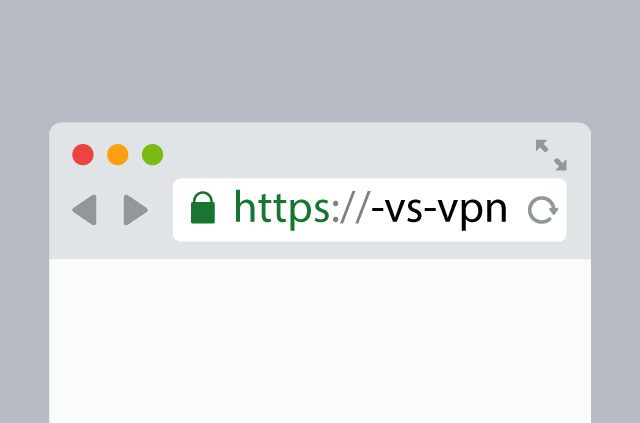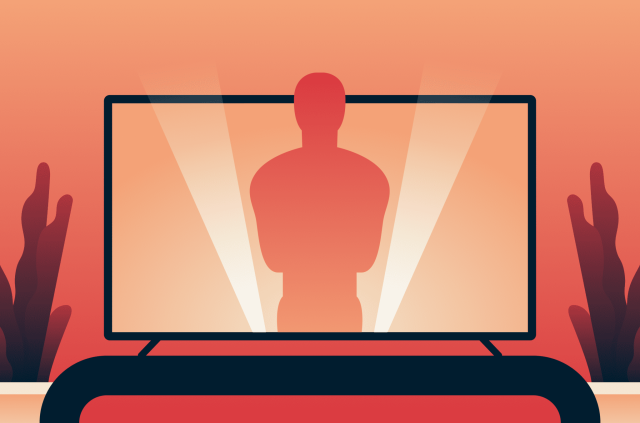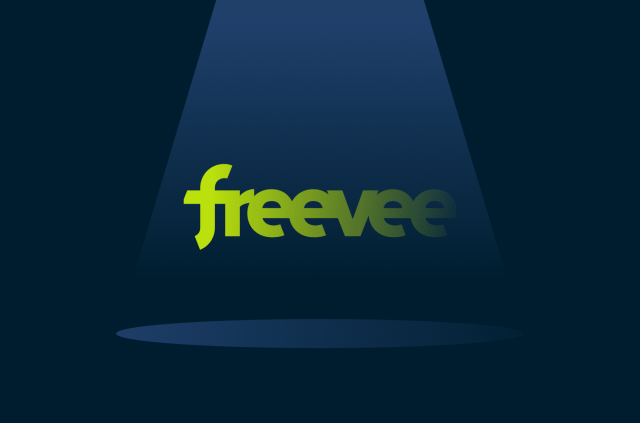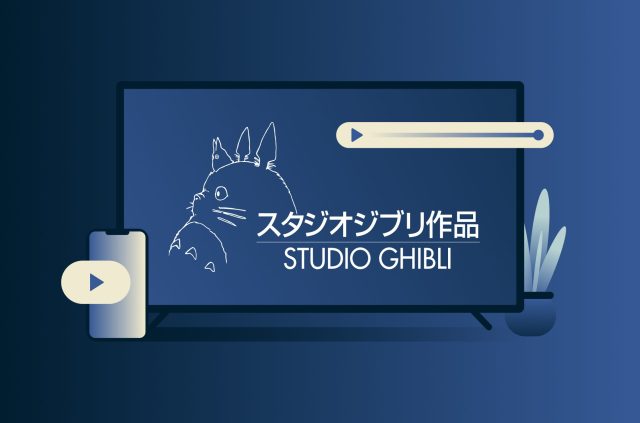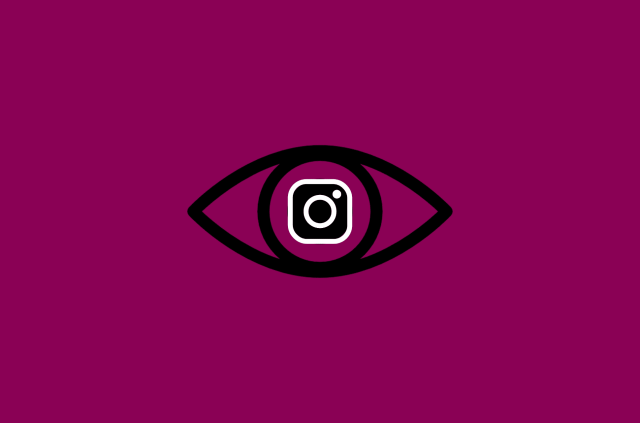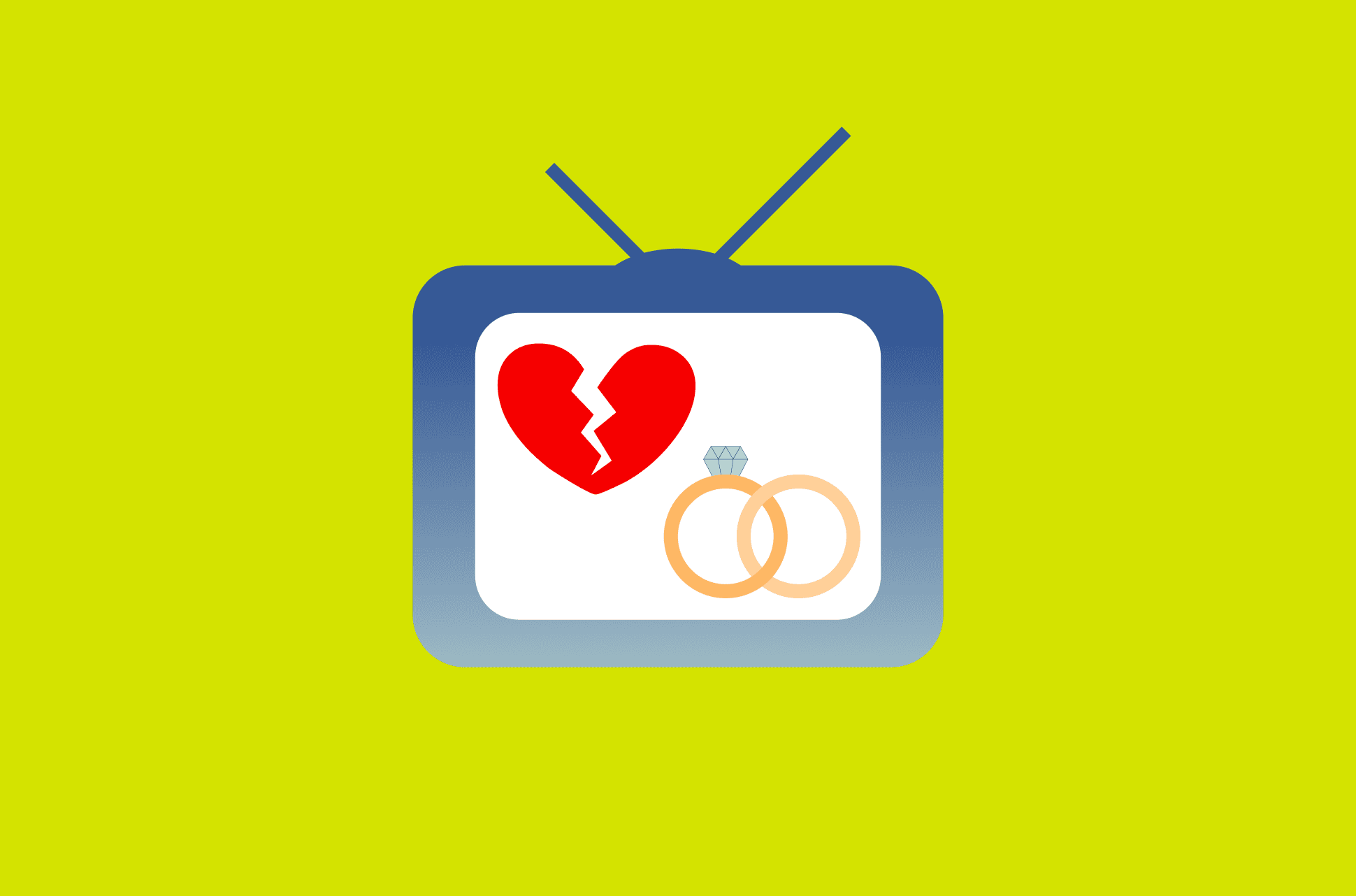AI-generated art: What is it, and how does it work?


Big Tech and ambitious start-ups are jostling for a place amid the current artificial intelligence boom. Chatbots have wowed users, but so have art generators like Lensa. The images they produce can be clever, beautiful, cool. But as with most fast-moving technologies, controversies and questions abound.
What is AI art?
Before we explore what AI art is, we need to know what AI is. AI is the simulation of human intelligence by machines. Computers are trained with a large quantity of data about the world, in a process called machine learning.
AI can be improved by feeding a computer a larger quantity of data and higher-quality, more relevant data. When it comes to generating art, that data fed to the AI is mainly images. If the AI is fed thousands of images of fire hydrants, it would learn what they look like and would be able to generate a fire hydrant when prompted.
More and more we are seeing accessible services that can generate art solely with computers. By inputting a set of rules or a prompt, like “a cow flying a UFO in the style of Michelangelo,” the AI is able to generate a set of images. And the art is impressive—original, yet closely imitating the styles of great masters or modern trends.
When was AI art invented?
AI art is not new. It’s been around for almost as long as computer graphics, placing its beginnings as far back as the 1950s. Early AI art revolved around simple patterns and shapes, and with advancements in computer science, AI artwork became more complex.
In more recent times, the accessibility of AI has grown. Open-source databases are plenty, and AI generators have grown increasingly popular. Social media has also brought AI art tools to the public’s attention, with AI art memes cropping up in people's feeds in the past year.
For a moment, it seemed like AI art was mainly going to be used for memes. It didn’t take long, though, for more people to start using it to create complex artworks, which has led to the controversies surrounding AI art today.
Why is AI art controversial?
AI has become very accessible, and its use remains rather unregulated. Part of the controversy of AI art surrounds the issues of copyright. AI art generators learn what art looks like by scouring the internet for existing artworks. This results in AI art generators mimicking the style of artists past and present, without permission from or credit to the artists.
Artists are not asked permission for their works to be used in AI training sets, they cannot protect their works from abuse, and they are not compensated for the usage of the works. The use of AI to generate art also threatens to put artists out of work. If anyone can use AI to create an artwork in their style, who would commission their art?
While art is subjective, it’s hard to deny that AI art simply looks attractive and convincing as being created by a human. So convincing, in fact, that an AI-generated artwork won an art contest at the Colorado State Fair—without the judges realizing it. Yet another reason for artists to be concerned.
The copyright of AI-generated artwork is another hotly debated topic. A consensus has yet to be reached over who owns AI-generated art. Is it the artist being mimicked? Or the AI itself? Or does it go to the person who generated the artwork? What about the people who created the AI? U.S. copyright rules dictate that you cannot copyright AI art, though, as they lack the “human authorship” required for protection.
Another controversy that surrounds AI is one of bias. AI bias could appear if the AI learns from a set of data that is not a fair representation of the world it’s learning about. This might be relevant for AI art if the AI generates images that reinforce certain stereotypes—for example, "doctors" being overwhelmingly depicted as white men.
Concerns over algorithmic discrimination have led to the concept of algorithmic diversity, the use of diverse data sets to train AI. However, there are no rules or regulations to enforce algorithmic diversity. In the U.S., there is a blueprint for an AI Bill of Rights to protect the public from AI bias, but for now AI use is up to the companies running these AI platforms. There are a lot of questions surrounding the use of AI, not just in art, and these conversations are ongoing and evolving.
What types of AI can create art?
Generative Adversarial Network (GAN)
In GAN, there are two networks known as the Discriminator and Generator. The generator of the AI creates images, while the discriminator spots them with the help of an uploaded data set (also known as a training set).
For example, you prompt the GAN to create an artwork of a fire hydrant. The generator half of the GAN will create an output based on the data set it has been fed. The discriminator half then spots where this new image differs from the original data set, and feeds its results back to the generator. This creates a feedback loop that helps the generator get better at creating an image that matches the prompt. This process is repeated until a brand new image is created that matches the original data set.
Convolutional Neural Networks (CNN)
CNNs are experts at identifying patterns. Say you upload thousands of images of fire hydrants into a CNN; it can quickly identify that a fire hydrant has valves. When creating AI art, this is incredibly useful as it is able to generate images without missing important features. It often results in psychedelic-looking images, as it enhances patterns it recognizes. An example of a CNN is Deep Dream Generator, created by Google engineer Alexander Mordvintsev.
Neural Style Transfer (NST)
NST alters an image into the style of another image. You can upload a selfie and have it turned into a watercolor painting, for example. A popular example of NST is the app Lensa.
Machine Learning
Earlier, we touched on machine learning as a process of learning for AI. In that example, we talked about feeding AI with data sets to help it learn. Another method is through reinforcement learning. This method “rewards” the AI for performing desired outcomes and “punishes” it for undesired ones. Through this process, the AI learns through trial and error, so when you create a prompt to create an artwork of a fire hydrant, it’ll be able to do so accurately.
Creative Adversarial Network (CAN)
CAN attempts to mimic human creativity. CAN-based AI are trained to learn what type of creative quirks are considered attractive and which are not. Artwork generated by CAN is often random and even surprising.
Embodied AI
Embodied AI is when AI is used to control a physical object, for example, a robotic arm. The AI controls the robotic arm to create artworks by instructing it on the types of strokes and movements to make.
Popular AI art generators
They may be controversial, but AI generators aren’t likely to go away any time soon. After all, AI has captured the public’s imagination, and curious minds are bound to be drawn to it. Some artists turn to AI art generators as collaborators, incorporating them in their creative process. If you’re looking to explore some AI art tools to see what all the fuss is about, here are some worth checking out:
DALL-E 2
Created by OpenAI, DALL-E 2 generates images from a simple text prompt and allows you to control the look and feel of its output. To create AI art using the platform, you will need to create an account and use credits, which are allocated to you monthly for free. Find out how to use OpenAI if it’s blocked in your country.
Deep Dream Generator
Using DeepDream, you can generate images by uploading an existing photo or with a text prompt. Generating images on Deep Dream requires an account and the use of credits, which you can accumulate for free.
Lensa AI
Available as a mobile app, Lensa uses AI technology to transform its users’ selfies into customized works of art for a small fee. Read our privacy guide on Lensa.
Runway ML
While most AI art generators focus on outputting images, Runway ML works its magic on videos. Relying on text prompts, it edits videos on your behalf, performing tasks like color grading and frame interpolation.
Stable Diffusion AI
With Stable Diffusion, you can create intricate artworks with a simple text prompt. Stable Diffusion’s code is publicly available, allowing you to run it on your computer unlike other cloud-only platforms.
How do you identify AI art?
A lot of art today is digital, which makes identifying AI-generated art even harder. At a glance, AI art might be hard to spot, but with some simple detective work, you can identify if an image was generated by AI or not. Here’s how:
- Check the description or comments of an image. Sometimes, you might find disclosures within the title description of an image. Other times, discussions about prompts and tools might give away the use of AI. This method is very hit and miss though, as there’s still no consensus on disclosing the use of AI for art.
- Anomalies in the artwork. AI art tends to have odd visual markers that give them away, especially with photographs. For example, you might notice a person has 10 fingers on a single hand, accessories blending into skin, or sections of a photograph having a painterly effect. But then again, there are no rules on what art could look like, so this is not a reliable method.
- Look out for AI watermarks. Some AI art generators place watermarks on their artwork; for example, DALL-E 2 puts a row of yellow, turquoise, green, red, and blue squares at the bottom right corner of their images. However, it’s really easy to download an AI artwork without its watermark.
Examples of AI art
Years of progress in computer science have led to this moment—the computer-generated image of a sea otter with a pearl earring. We kid, but it’s impressive how far AI art has come. Sometimes AI art is played for laughs, and other times it creates jaw-dropping imagery. Check out these examples of AI art, which run the gamut of impressive to adorably silly.
- A sea otter in the style of ‘Girl with a Pearl Earring’ by Johannes Vermeer. Generated using the prompt (in bold), this adorable piece of art was created by the DALL-E 2 AI platform. Note the watermark of colored squares in the image’s bottom right corner.
- A Man looking at the Starry Sky by Vincent Van Gogh. This piece of AI-generated artwork almost perfectly blends Van Gogh’s masterpiece with other elements to match the prompt. The artwork was created using the Stable Diffusion AI platform.
- Raccoon playing tennis at Wimbledon in the 1990s. Thanks to AI, our favorite animals get to live out their human dreams for a bit. Check out this raccoon playing a game of tennis. Top form!
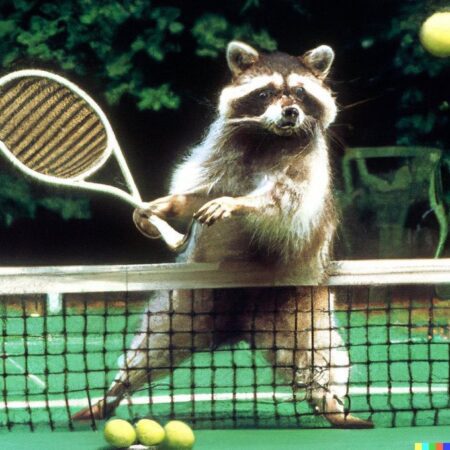
Aside from the watermark, another tell of this being an AI generated image is smudged grip of the raccoon. Give it a go, can you spot other awkward imagery?
FAQ: About AI art
Can you sell AI-generated art?
Will AI replace artists?
Nevertheless, AI can affect the livelihood of artists. The more expert it becomes in mimicking art styles, the less people need to turn to artists.
Who owns the copyright to AI art?
Take the first step to protect yourself online. Try ExpressVPN risk-free.
Get ExpressVPN